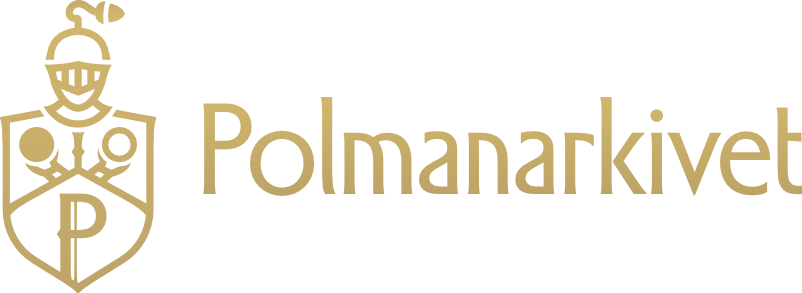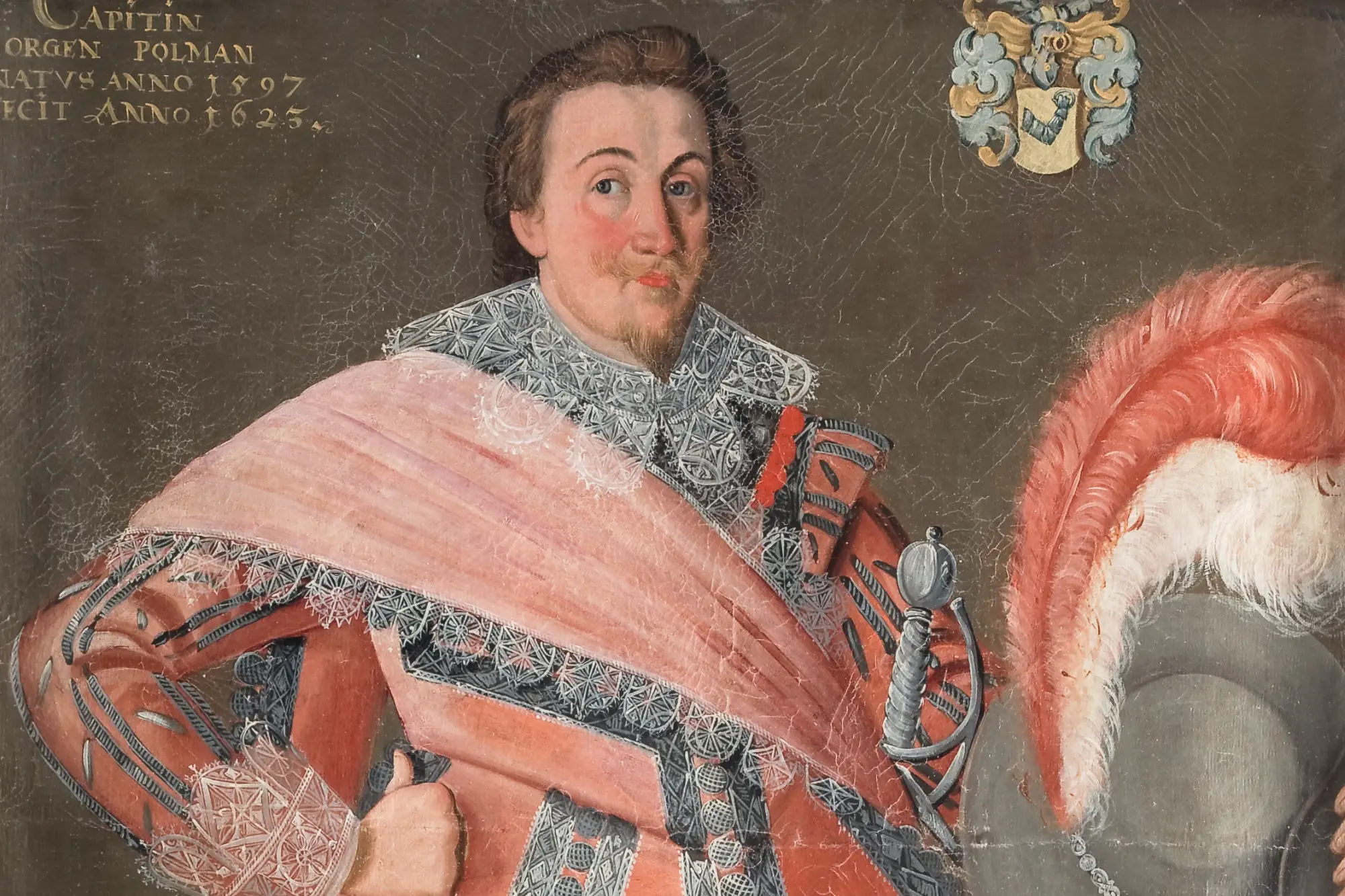The Man of Letters
Born on 1 April 1811 in Kronoberg, Otto Magnus Påhlman was the son of Jon Påhlman and his wife, baroness Ulrika Fredrika Albertina Sparre, and the grandson of Carl Gustaf Påhlman. He volunteered in the Kronoberg regiment in 1822, aged eleven, progressing to sergeant, ensign, and finally lieutenant in the Dal regiment in 1834.[[1]] Between 1839 and 1840, he was directed to serve as engineer officer at Vaxholm Fortress.[[2]]
After his discharge from the military in 1841, Otto Magnus decided that his calling lay in teaching, and he worked in Russia for several years. He began by training Russian officers at the Imperial Cadet School in St. Petersburg, but was noticed for his beautiful handwriting, and began to teach the officers language and writing.
With this experience, in order to simplify the teaching of the script, Otto Magnus developed an innovative new writing method known as Påhlmanska Skrivmetoden, or the Påhlman writing method. It utilised two elements – a straight line and a semi-oval shape – to create alphabets and produce clear, even handwriting. Students were thus able to pick up writing more quickly. The system would later be developed further by his sons.
In 1843, he welcomed a daughter, Ida Amalia Sofia Påhlman. A few months later, Otto Magnus married Amalia (Amelie) Sandström in St. Petersburg.[[3]] Upon their return to Sweden, he began to teach his writing method in 1846, establishing the country’s first ever private writing institute – Påhlman Skrivinstitutet – at Drottninggatan 71, encompassing both language and content.
The teacher and his wife likely travelled across Scandinavia during the following decade. Another daughter, Fredrika Albertina, was born in 1852 in Helsinki, Finland, followed by two sons born in Norway – Otto Ottosson (b. 1853, Bergen) and John Magnus (b. 1860, Kristiania). Otto Magnus’ sons would play a pivotal role in carrying forward his legacy. He died on 13 November 1873 in Vänersborg, Sweden.
[[1]]: “Påhlman nr 501”, Adelsvapen-Wiki, https://www.adelsvapen.com/genealogi/Påhlman_nr_501, accessed: 11 April 2024
[[2]]: Kungl. Krigsvetenskapsakademiens handlingar och tidskrift: 1839. – 1840 (Östgöta Correspondenten, 1840), https://books.google.com.au/books?id=pndDAAAAcAAJ
[[3]]: Born 20 April 1819 in Ystad to councillor Johan Sandström and Brita Christina Gernandt. Died 11 May 1889 in Stockholm.




